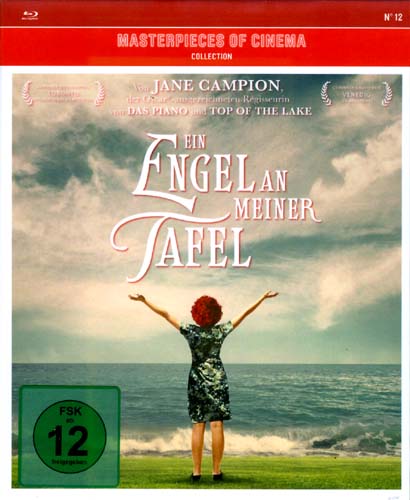

Apart from the years she spent in and out of mental hospitals, two of her sisters died by drowning in unrelated incidents. Her autobiography does so much more than clarify her personal history of misdiagnosis - it tells us about her whole life, which was unexpectedly enchanted, but certainly tragic. It is one of the most moving books I have ever read, and is, for me, the best book ever written by a New Zealander.įrame achieved that supremely difficult task of finding a voice so natural it feels almost as if it were not written. She began the first volume of what turned out to be her three-volume autobiography, collected under the title An Angel at My Table.

In 1963, Frame returned to New Zealand and, partly because of the whispers and conjecture that continued to surround her life, decided to write the truth.

Fifteen years later I was to become familiar with Porirua hospital, ward K2, as my mother tried repeatedly to find some relief from the terror and bleakness of her late-life depression. To be in any way abnormal in New Zealand's closed society was a stigma to be "mental" was an unrecoverable shame. I looked on her life with admiration, pity and fear. "Sunnyside? They call a mental hospital Sunnyside? Is she still there?" "Was Janet Frame in Porirua?" I would ask, peering at the flat prison-like buildings surrounded by misshapen macrocarpas. Most weekends our family drove to our beach house in Plimmerton, passing the notorious Porirua asylum. Others said she had gone overseas and was living anonymously. Some believed she was still in an asylum, perhaps having had a lobotomy.

It started many rumours and dark imaginings about her actual life. Owls Do Cry is based partly on events in Frame's life, including her experience of spending eight years in and out of mental asylums.


 0 kommentar(er)
0 kommentar(er)
